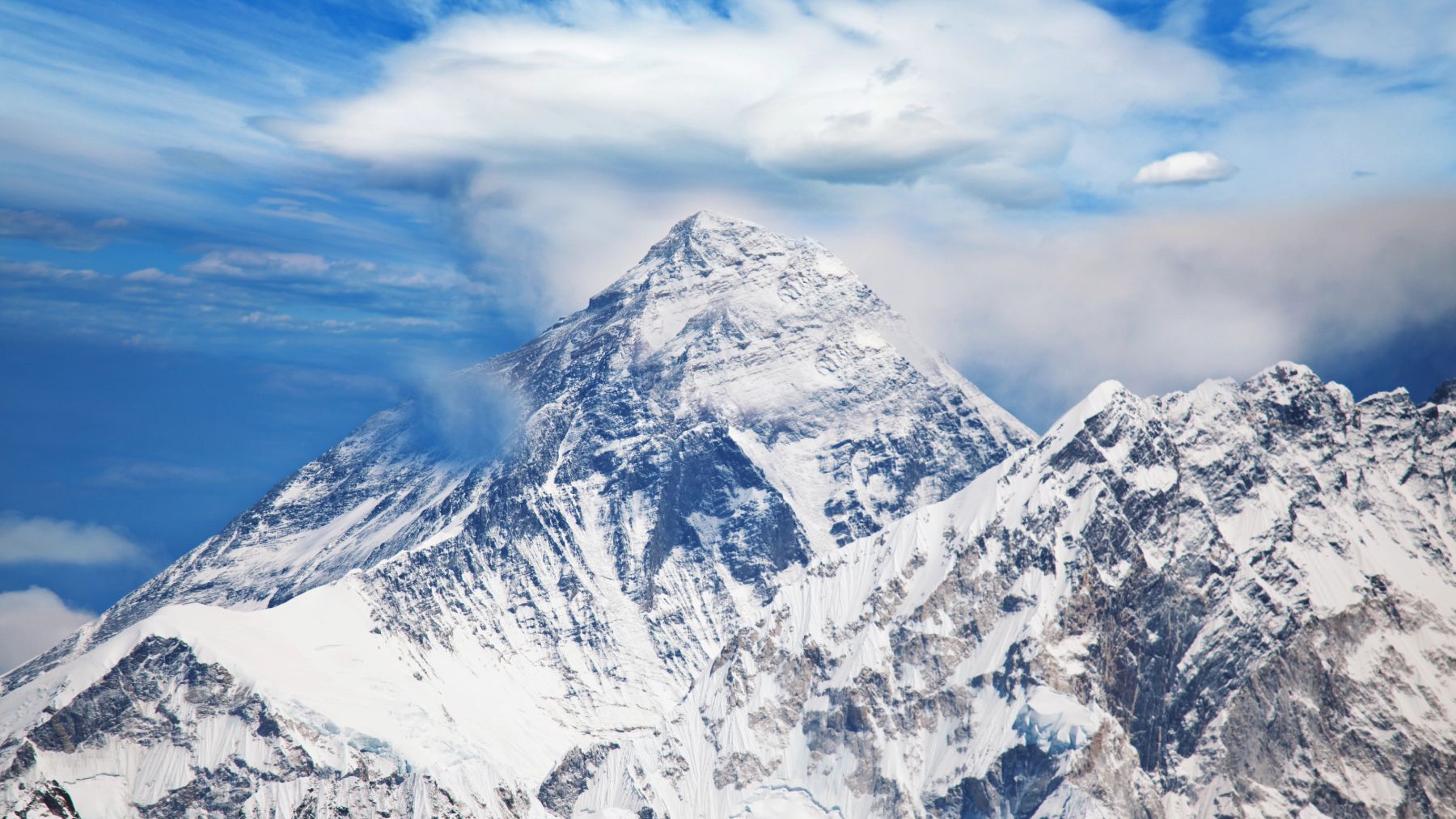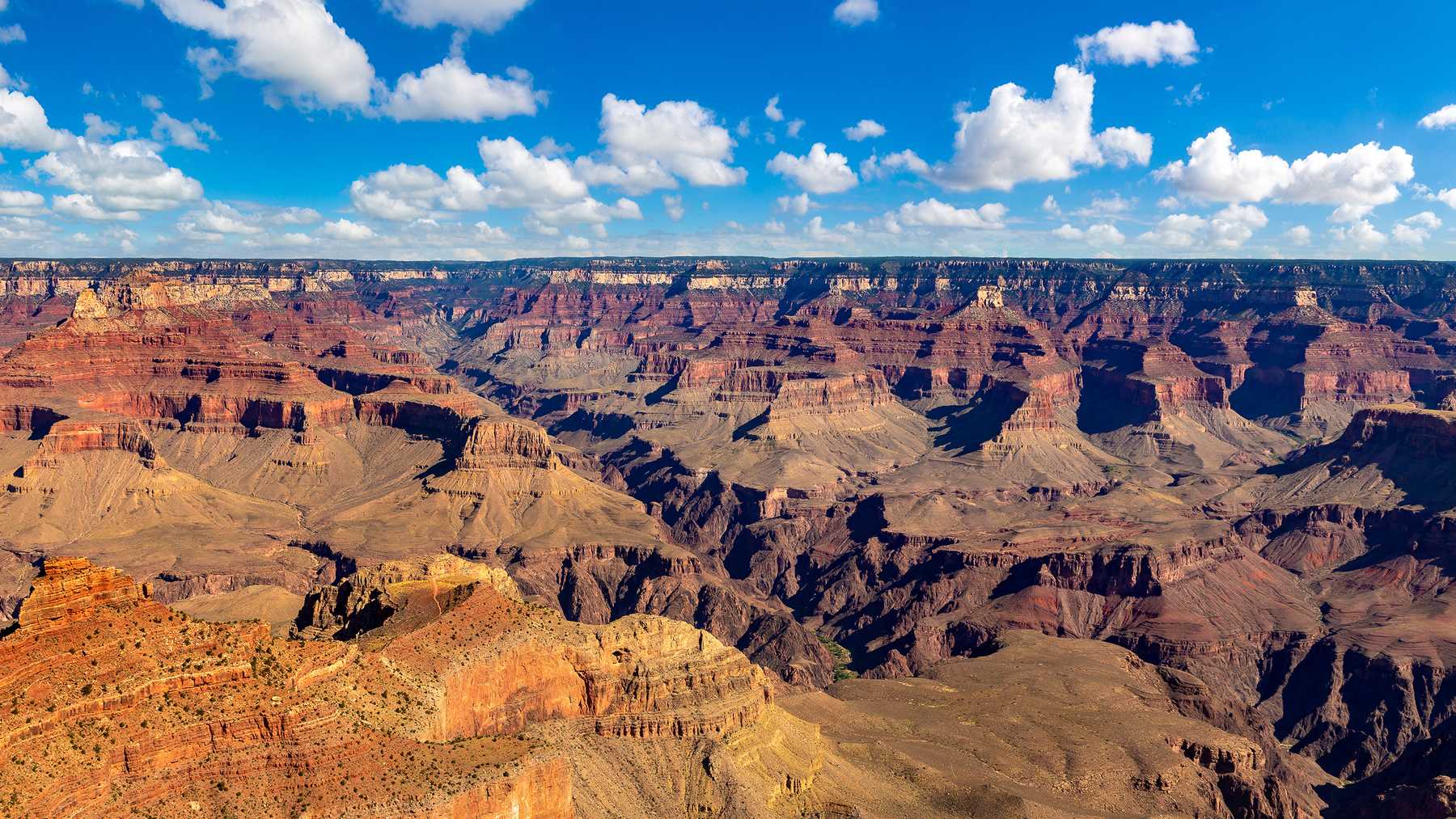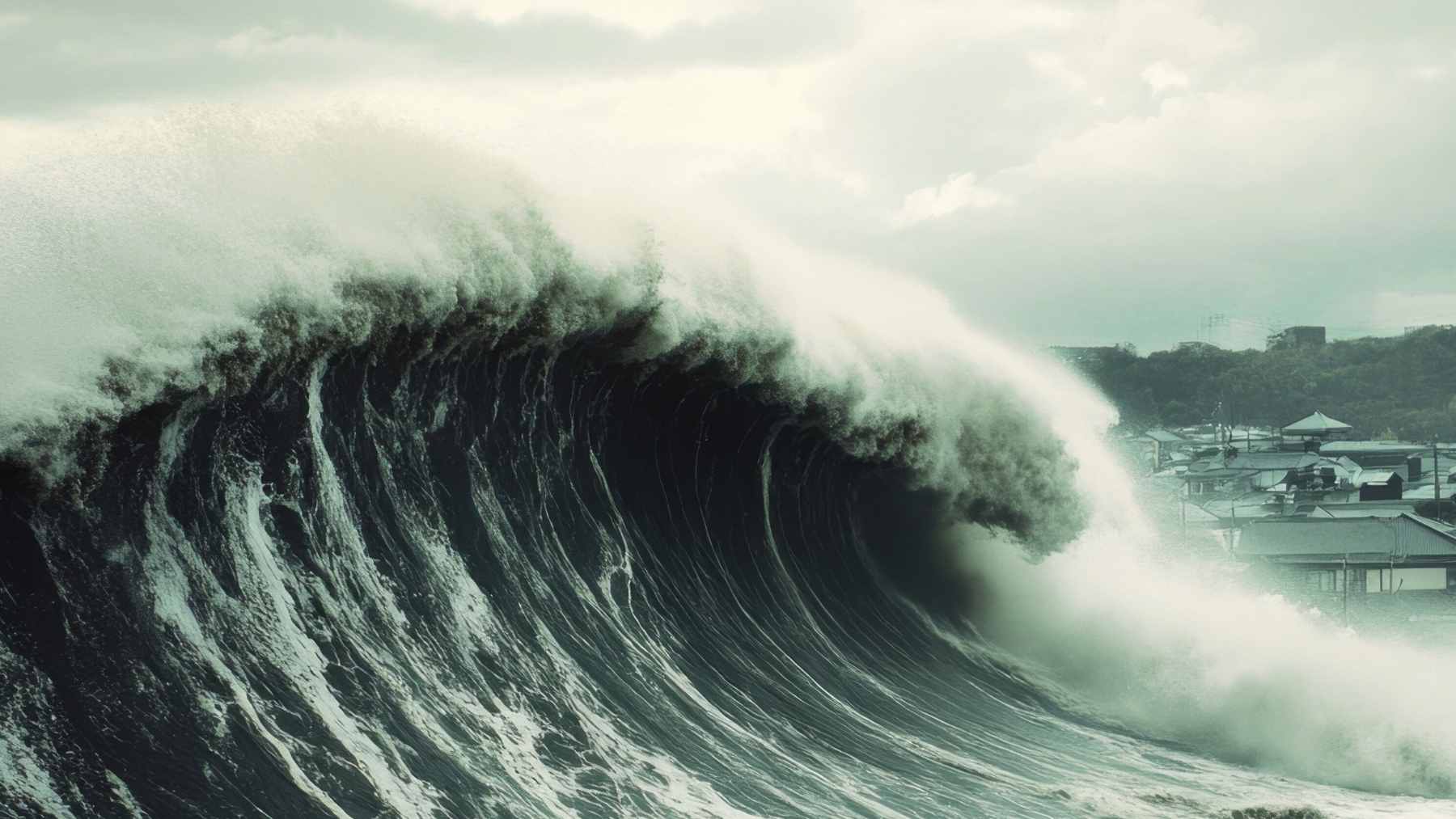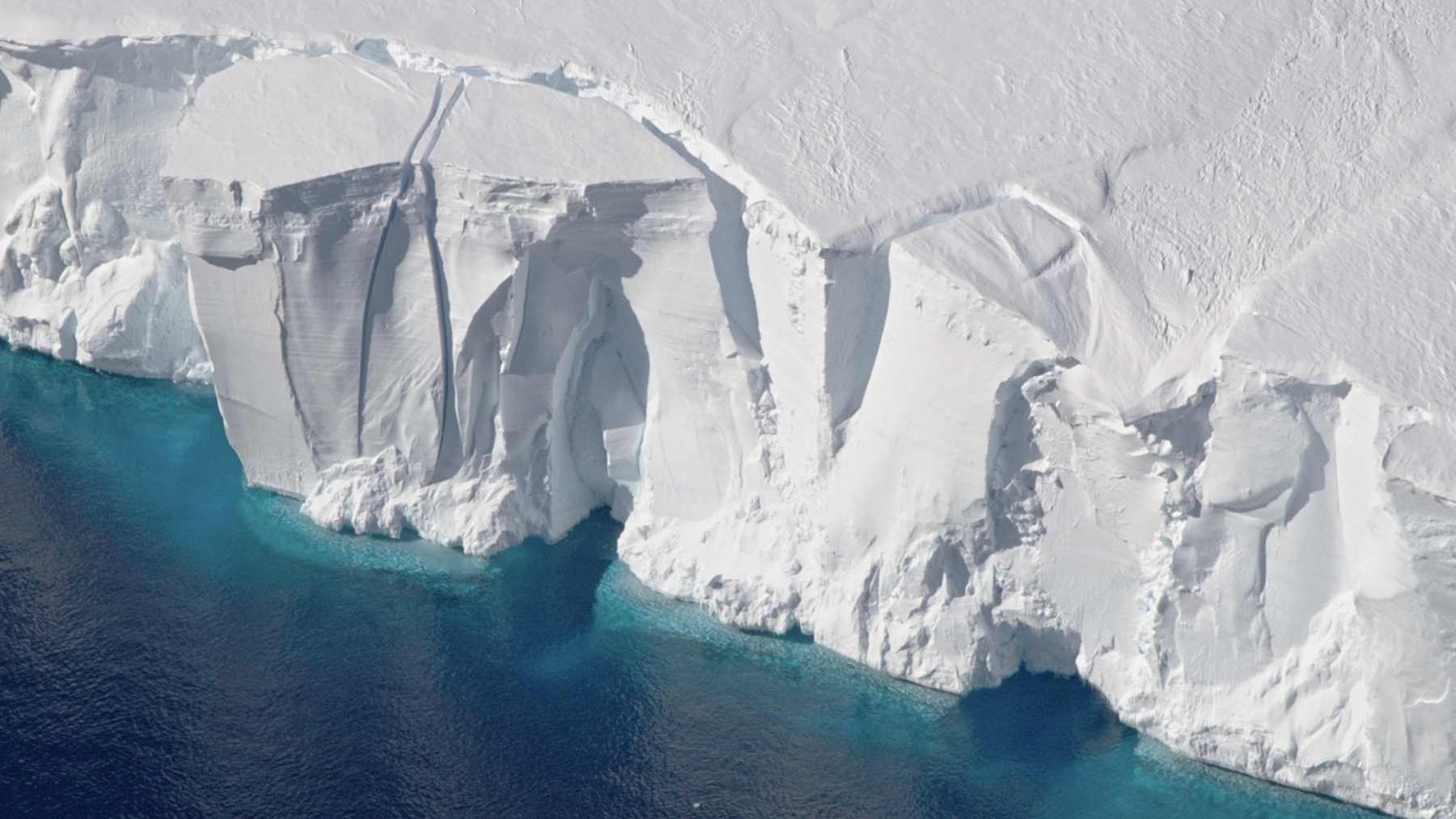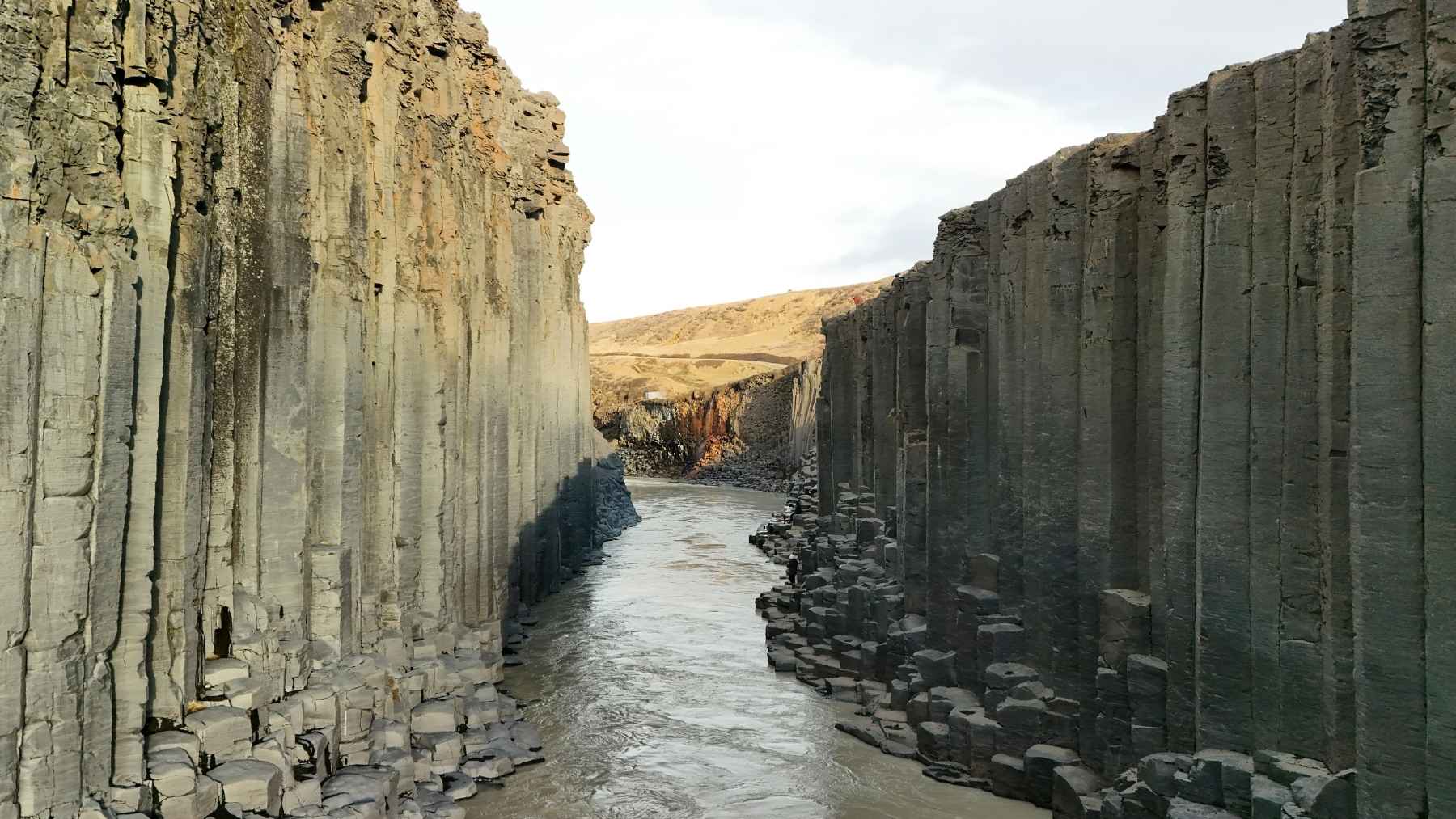If you’re not already familiar with it, it’s worth noting that the Himalayan mountain range in Tibet is one of the planet’s greatest natural wonders. Majestic, imposing, and constantly rising, it was born from a geological collision that began about 60 million years ago. Since then, the Indian tectonic plate has been pushing against the Eurasian plate, triggering earthquakes, raising mountains, and shaping the relief of Central Asia. But what if this same force that lifts the Himalayas were also now splitting the continent in two? And no, it’s not an exaggeration, at least not after what scientists have revealed…
It’s almost a slow-motion collision in the Himalayas
First of all, it’s important to remember that the collision between India and Eurasia was an unprecedented geological event, and it continues to this day. This is because, when the Indian subcontinent, then still an island floating in the ancient Tethys Ocean, collided with Asia, it not only pushed the rocks upward, forming the Himalayas, but it also pushed part of its plate beneath the Eurasian crust.
But there’s a problem with this story: continental plates, unlike oceanic ones, are thick and buoyant. In other words, they don’t “dive” easily. And this is precisely where science has been divided for decades: is the Indian plate simply sliding horizontally beneath Tibet? Or is it sinking into the mantle, like a heavy anchor pulling down the rest of the crust? Well, the answer, it seems, may be “both at the same time.”
What is happening in Tibet?
Until, after much study, scientists made their most surprising discovery: the Indian plate is tearing apart from within. Yes, literally. According to researchers from Chinese universities and Stanford, the upper crust of the Indian plate, the lighter and more buoyant part, is separating from its much denser base. This process is called delamination. But what’s most striking is that, in the transition between the part that’s breaking away and the part that remains intact, a kind of vertical subterranean tear is forming: a “slab tear.”
“We didn’t know continents could behave this way, and this is quite fundamental for solid-Earth science,” said Douwe van Hinsbergen, a geodynamicist at Utrecht University.
So, yes, for the first time, scientists have observed this type of tear in a plate that is still subducting, in full motion (it’s almost as shocking as the discovery of a new ocean on Earth). But how did they arrive at this result? The research analyzed seismic waves, earthquake data, and even gases emerging from Tibetan hot springs. And the gas pattern was revealing: in certain regions, gases typical of the Earth’s mantle (such as helium-3) appear where only traces of crust should exist. This indicates that the mantle is emerging through increasingly large cracks.
What happens if Asia really breaks apart?
Of course, there are no visible cracks on the surface yet, but the consequences of this rupture could still be significant. In fact, scientists even suggest that the Himalayas, and by extension, Tibet itself, may eventually split into two large tectonic masses along an axis that follows the fracture line.
Not only that, but this deep separation may be contributing to earthquakes in the region. Just above the area where the tear was identified runs a fault known as the Cona-Sangri Rift, where the Earth’s crust is being stretched. We don’t yet have direct proof that the subterranean fracture is causing the seismic shocks, but scientists see clear signs that the Earth’s internal stresses are also manifesting on the surface. And as if those weren’t enough seismic shocks, it seems that Europe is poised to trigger earthquakes too.
